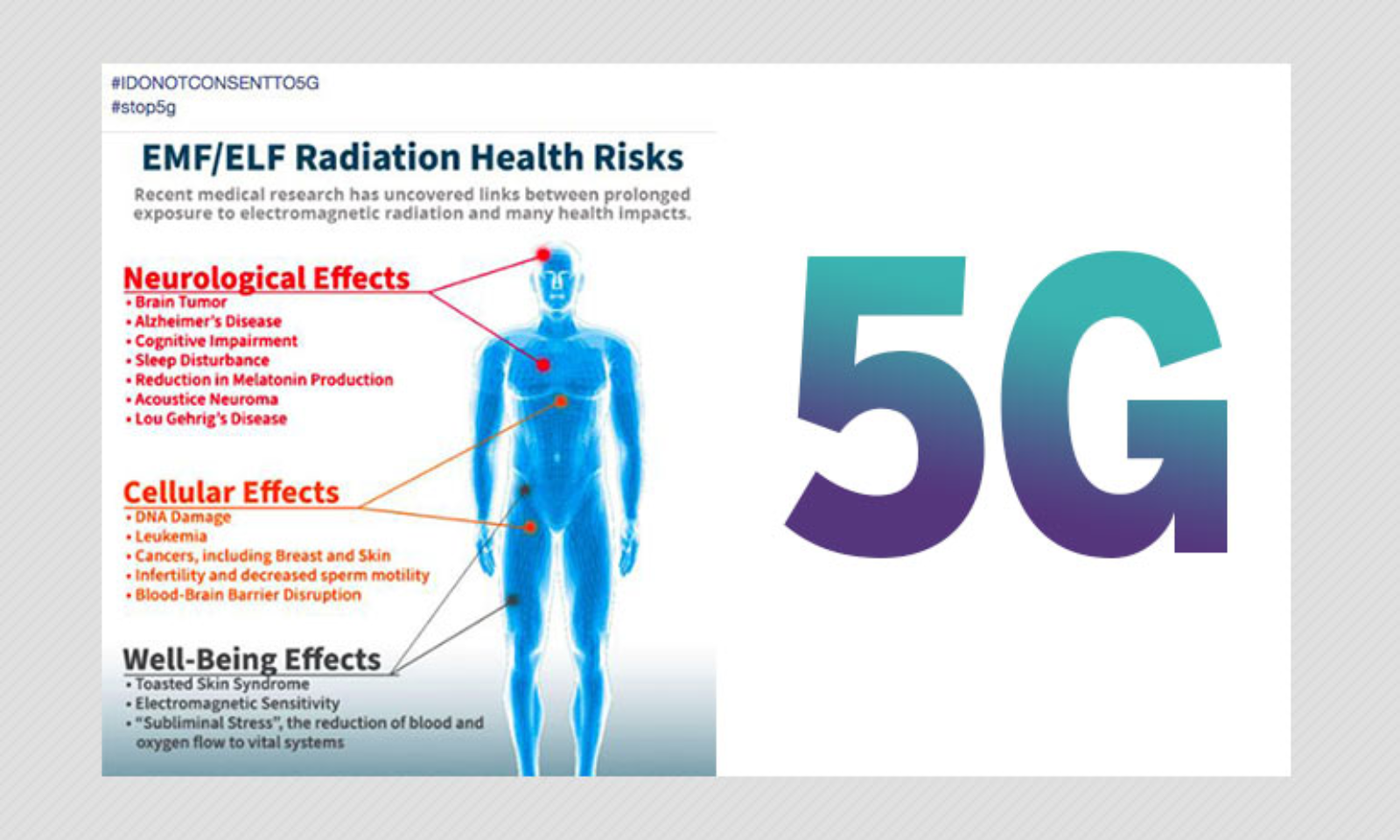5G Radiation and Epidermis Cancer

This article discusses the topic of 5G radiation, which is a non-ionizing electromagnetic radiation. Because 5G radiation is so small, it does not have the capacity to break the chemical bonds of biological tissue or cause any modifications to cells. It is not known if 5G radiation affects the risk of developing skin cancer, and no evidence has been found to suggest it may cause any other diseases.
High-frequency millimeter wave radiation
High-frequency millimeter wave radiation from mobile phones and wireless networks can cause health effects to humans. There are many ways in which this radiation could be harmful. In some instances, the radiation can cause damage to the person's DNA. In other instances the radiation may cause harm to other areas within the body including the brain.
Recent studies have revealed that 5G technology could induce the heating of tissues. In the aftermath, scientists from International Council on Non-Ionizing Radiation Protection (ICNIRP) has asked to review the current safety standards for biological and thermal radiation. The current standards of exposure do not protect people from extreme heat in the event of exposure to pulsed millimeter wave radiation.

Skin cancer risk
There is no definite answer at present to the question of whether the 5G radiation causes skin cancer. It is thought that 5G RF-EMFs behave much like high-LET ionizing radiations. As a result, they may cause excessive levels of free radicals in the skin. The FCC has not issued any specific guidelines regarding the potential dangers associated with 5G technology. Consequently, the debate continues.
While there are plenty of https://note1s.com/notes/3WMTQJ on the effects of higher-frequency radio waves on the health of humans, they have remained largely limited in the scope. However, there is concern over the effects of millimeter-wavelength exposure on oxidative stress and gene expression. These effects could be extended to the skin and various organs, like the brain.
Impact on other diseases
An innovative new technology in wireless, called 5G, is rapidly growing in popularity however, scientists are warning of its potential health hazards. The technology will dramatically increase the amount of electromagnetic radiation in our surroundings. This is a concern that has led to debates in a variety of countries including Switzerland. In September 2017, 390 scientists and doctors have backed a motion to put an end to 5G deployment. This motion was not heeded by the European Commission, which is in charge of monitoring the use of technology like 5G.
In 5g radiation , it is necessary to conduct more research to determine the health impacts of 5G. While we wait, studies have shown that 5G doesn't cause the same effects in humans as radiation from older mobile networks. It also does not spread an entirely new strain of coronavirus. Additionally it does not make people more susceptible to viral infections.
Measurement of exposure
Measurement of the radiation exposure of 5G is an essential component of the security of 5G networks. There are two methods to gauge exposure. One is to measure the RF power absorbed by human tissue. The other involves measuring the amount of radiofrequency energy released by an object. Radiofrequency energy (RF) can be described as an energy source that is emitted through radio transmitters.
In the United States, the FCC has implemented a limit on the power density of 5G mobile devices. These tests only test the power density of the distance of a few inches, and it is the FCC does not have to measure each beam. However it is possible to determine the energy density for each beam can be estimated using computer simulation. The worst case scenario is then selected depending on the design of each beam.
Study limitations
There's been a lot of discussion about the impact of 5G radiation on the health of people. The Swiss authorities, for instance has released an assessment that concludes that the technology has no adverse health effects in the short-term, but there are no studies that have demonstrated long-term negative effects. However, this report also contains several issues and bias in reportage.
The strength and frequency of radio waves that transmit energy depend on the frequency. 5g radiation symptoms that is carried by a millimetre wave will be similar to that of current radio waves however they will be less visible and will be better suited for high-density environments because they cannot be obscured by walls or glass. Urban areas with high density would require many small, low-power sites, and suburban areas will benefit from 5G sites that operate at lower frequency.
